‘I Wanted to Know How We Coexisted’
Andrena Crockett returned to her alma mater in 2015, as Georgetown University unveiled the discovery of 272 slaves who were sold into an institution that would build the very foundation of their own. But the proceedings revealed how much of her people’s past was still shrouded in mystery.
‘We knew of President Healy, but his grave has no marker, and no one tells the story that he was of African-American descent. So I went looking for where these slaves were—where did they live, where were they buried. I couldn’t find it. And that’s when my story unfolds.’
The former junior high school teacher looked to Black Georgetown Remembered for answers, but wasn’t satisfied. If the Jesuits were known for their meticulous record keeping, why were there so many holes?
‘Many of the slaves’ gravesites were moved, and put in unmarked pauper’s graves. It was thought that they lived around the observatory, and I said, ‘Where is this observatory?’ You go to Georgetown and never hear about this. It’s just a matter of going through the boxes of records to find out exactly where they were.’
Over the past three years, Andrena has done just that—sifting through archival materials, gathering information from sources in Black Georgetown Remembered, and organizing the descendants, of which there are 6,000.
This summer, she launched the Georgetown African American Historic Landmark Project (GAAHLP)—a collective of Georgetown community advocates and historians, including the Urban League, who are undertaking the task of honoring the free and enslaved residents who lived in and worked to build Georgetown by placing markers on approximately 80 historic African-American landmarks.
‘The authors of Black Georgetown Remembered did the hard work, and they had the insight to interview these residents of Georgetown before they passed away. But they didn’t think to get releases. We’re working on that now with their families, and supplementing information. Now other stories have started coming. We knew they were there; it just took somebody to acknowledge them.’
There are 53 recorded interviews on file with African-American Georgetown residents. Andrena has secured publishing rights from five of those families—one of whom shared their descendant’s marriage certificate, death certificate, and children’s birth certificates. She’s working on the rest—all of which paint a rich and complicated picture of life as a black man, woman, or child in Georgetown.
Consider the woman whose family split in two, half remaining in Georgetown while the others moved to Baltimore and passed as white.
The 6-year-old boy who was denied service at the five-and-ten store.
His father, a renowned doctor who rode up and down P Street on his horse, treating the entire community.
The number’s runner during Prohibition, likened to Al Capone.
A ladies man named Eugene, photographed in a suit and flanked by adoring women.
Those are but five of the stories previously untold.
‘You have the prim and the proper, the scoundrels drinking alcohol, the doctors on their horses, the slum folks, and the people rolling their eyes at them—and that’s just the African Americans. Black, white, slaves, freed, indentured servants. All working side-by-side in the most prestigious part of DC. That was the story of Georgetown.
‘How do we coexist when there’s somebody who won’t let my child go to the five-and-ten? We build our own. They had candy stores, dry cleaners, restaurants, hair salons. That’s how you survive. You build your own that supports you. And that’s how Georgetown coexisted, until the federal government came and needed housing.’
More than 50 years after discriminatory public housing policies and gentrification pushed African Americans out of Georgetown, Andrena says everyone must reconcile the past to move forward—acknowledging and honoring the generations of black Georgetowners who built and contributed to DC’s oldest neighborhood.
‘When the Civil War ended, everyone was taking the time for survival on both sides. Nobody was sitting there saying, ‘I’m sorry for free labor.’ Nobody was saying that. The discussion still hasn’t happened, and it needs to be addressed. You can’t solve a problem if you don’t talk about it—and we need to identify the problem. There are some people who can’t reconcile entitlement. Their father had a farm that they lost, but they don’t understand they had it because they used free labor. Because they didn’t understand it, they lost it. If they shared it, if they paid people, if they hadn’t been so greedy—they may not have lost it. Their parents may have worked hard for what they had, but it was built on the wrong foundation.’
Over 80 bronze historical markers serve to spark this very discussion—recognizing everything from a Georgetown waterfront once used as a Middle Passage slave trade port, to the home of freed slave and business owner Yarrow Mamout. Andrena hopes to debut the first marker in September during Congressional Black Caucus weekend, though all will have to go through the Old Georgetown Board. Half of the stories behind the markers are already on the GAAHLP website, with the rest to follow in the coming year.
‘The symbols on the markers represent three things; going back to your past, he who does not know can know from learning, and reconciliation. Reconcile among yourselves, between each other, and within your own self. Don’t be ashamed that your ancestors were slaves. Celebrate their strength, because they were the ones who survived, or else you would not be here. They were the ones who were mentally strong, and physically strong, and who—despite every attempt to tear them apart—maintained their culture. So celebrate that.’
Andrena is inspired by everything she’s uncovered, though many questions still consume her. Among them—why some African Americans rose to the top and others didn’t. Why did Yarrow Mamout—a slave until the age of 60, who lost his money not once, but twice—become a revered historical figure, while others were labeled undesirable? Why are some stories told, and others aren’t?
‘I look at myself. Child of Emma Louise Crockett and James Herbert Crockett. I think I’ve risen above, and I say, ‘What did my parents say to me that made that happen?’ I’ve got brown skin, a nappy head. I love it. You don’t have to love it. But you do you. And that’s what makes this world so beautiful. You do you, and let history write your story.’
Then it’s up to an entire community to go tell it.
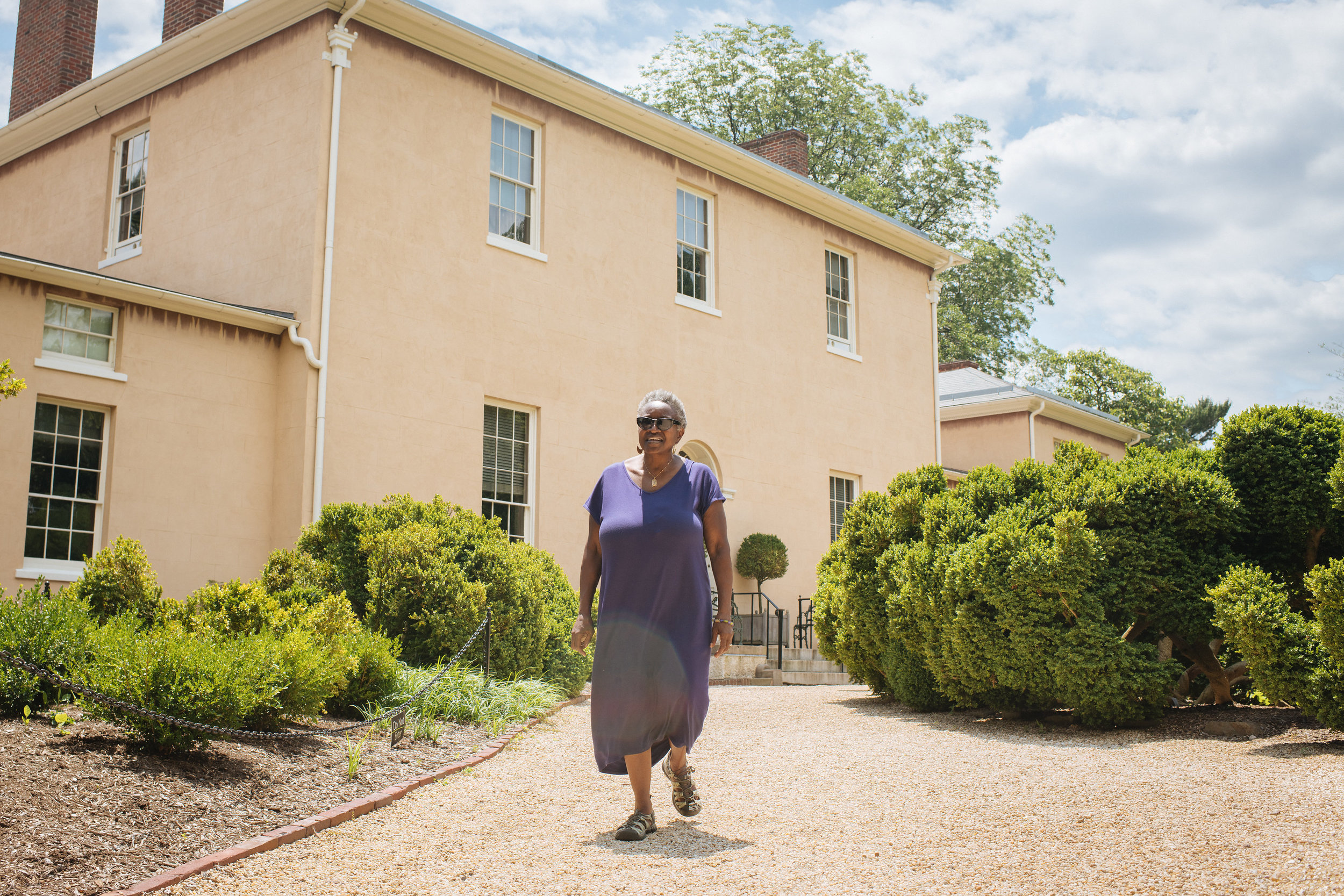
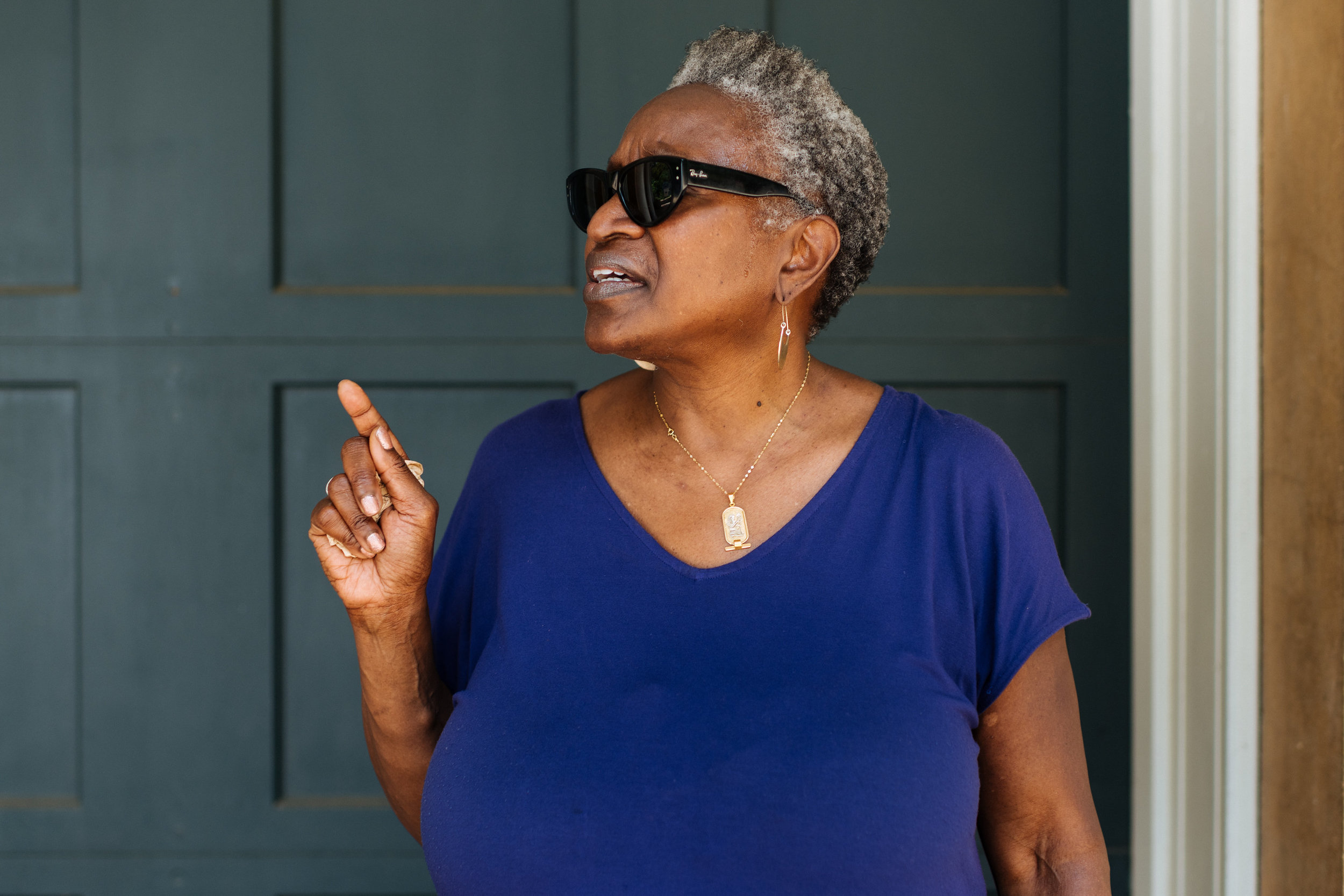
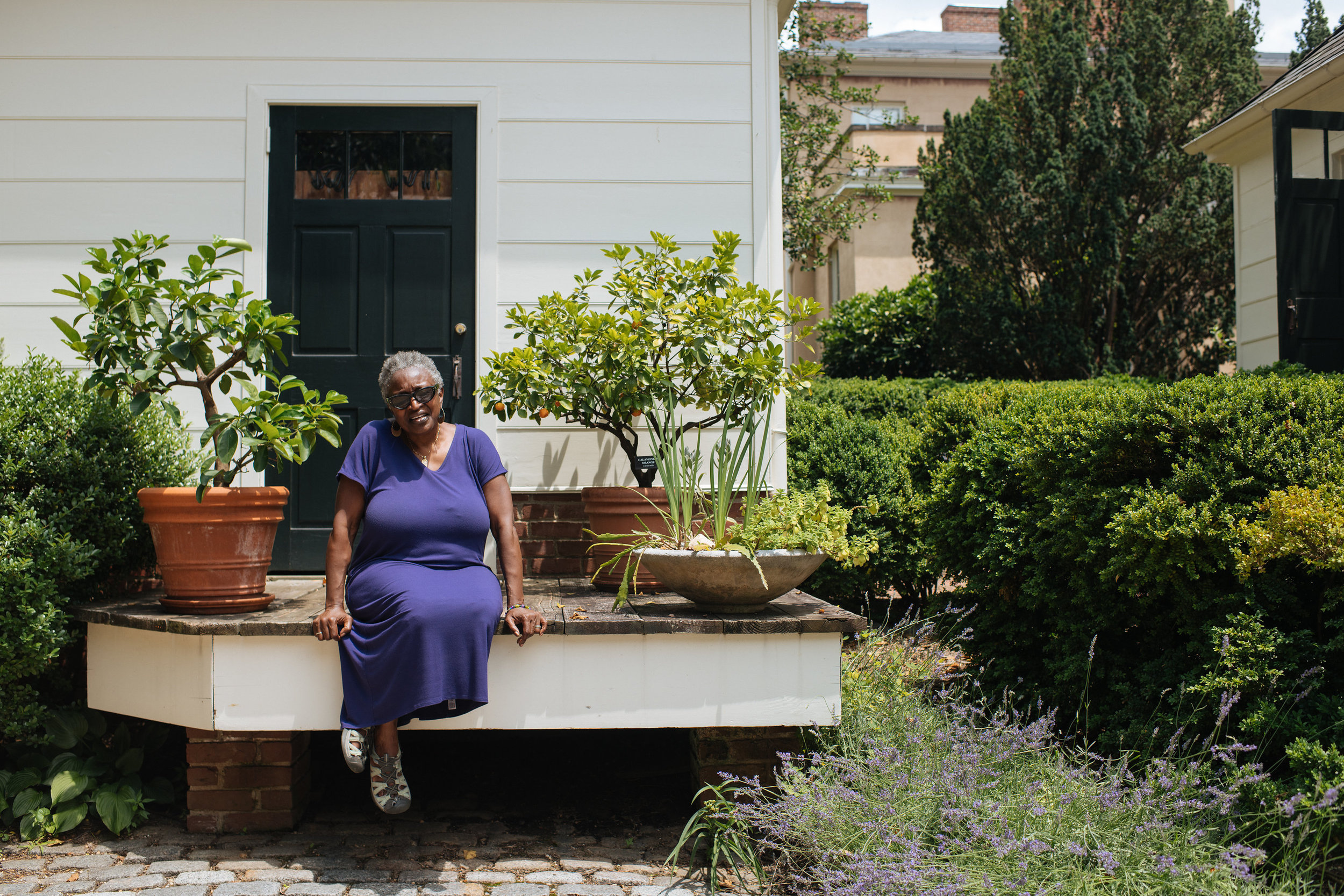
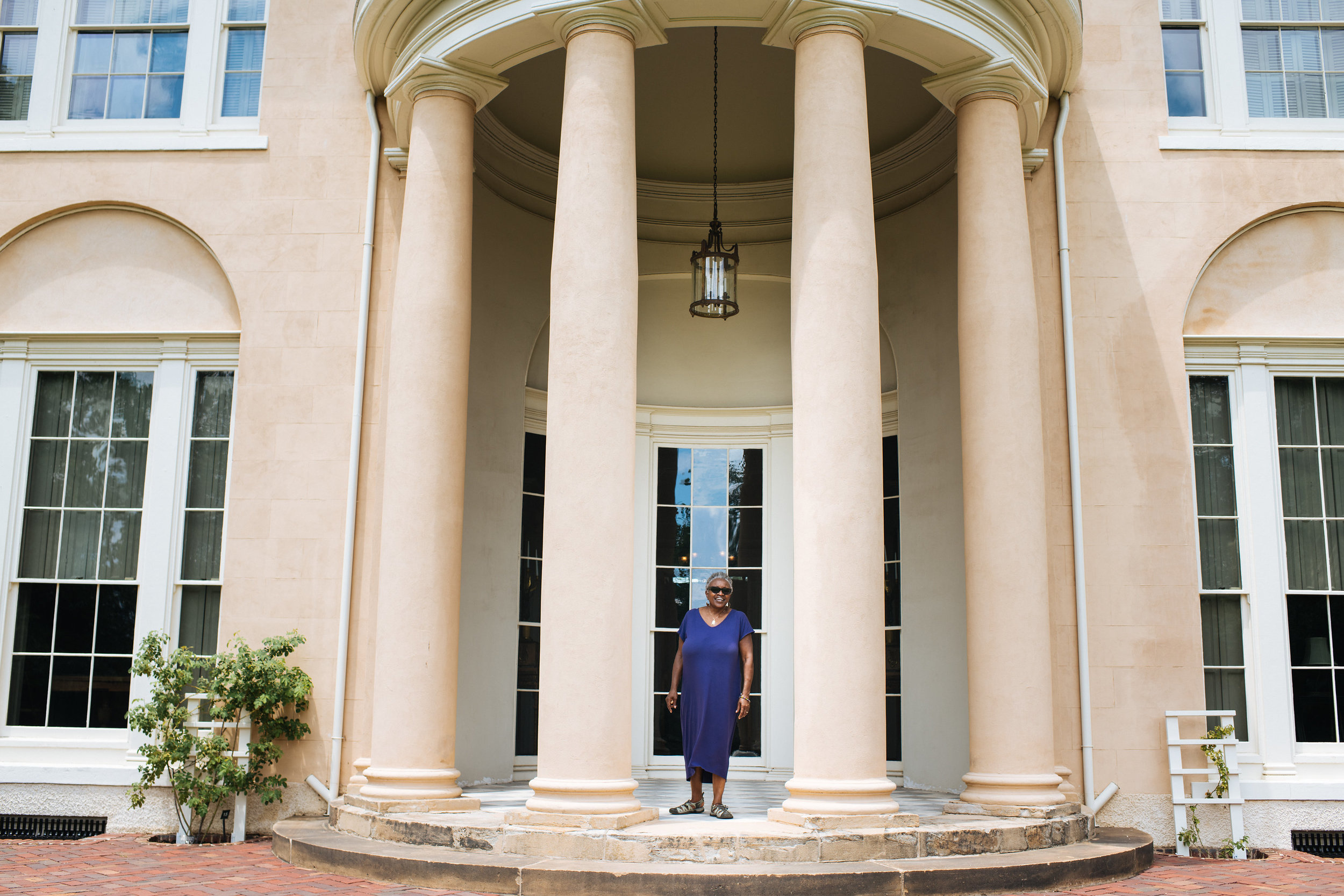
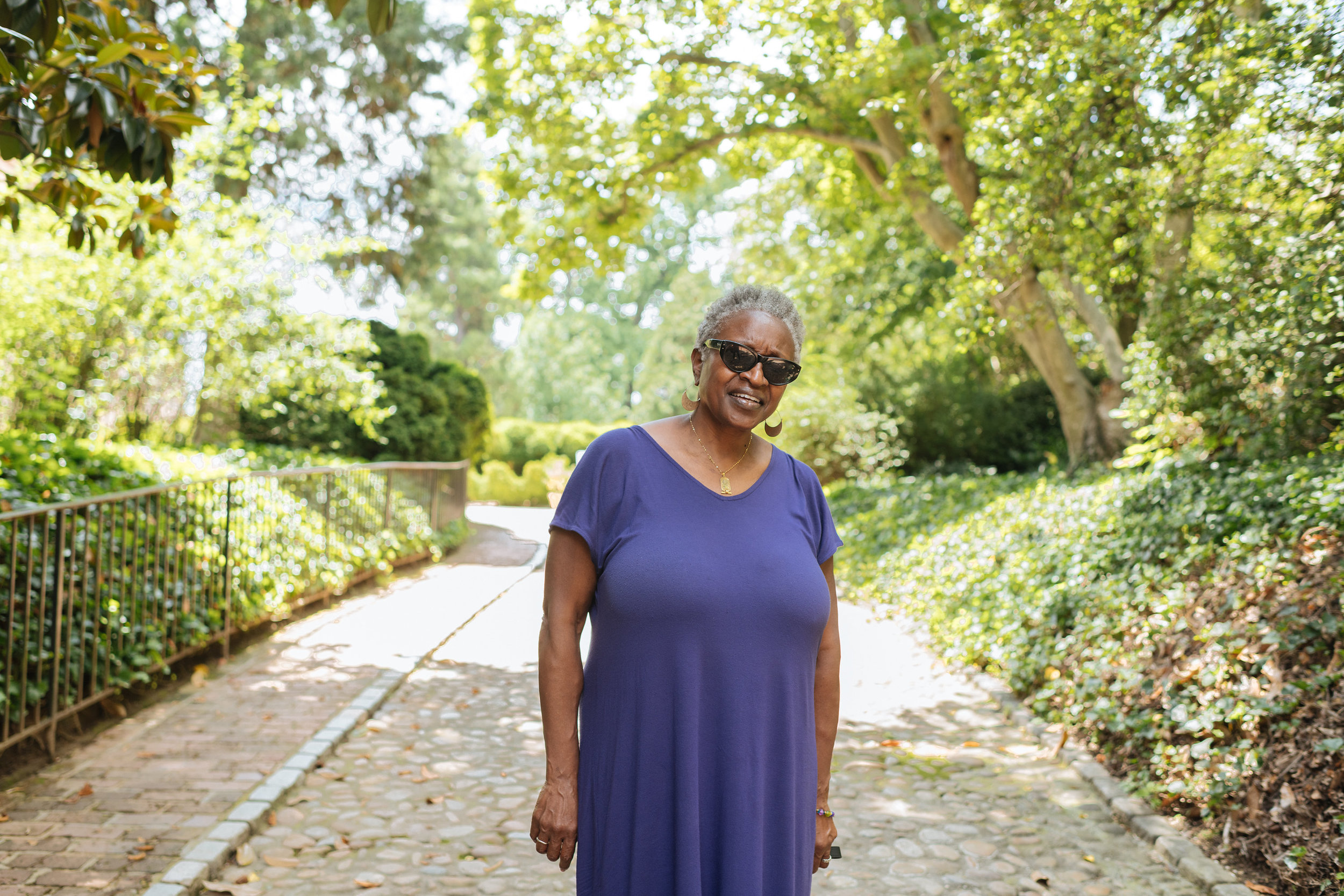
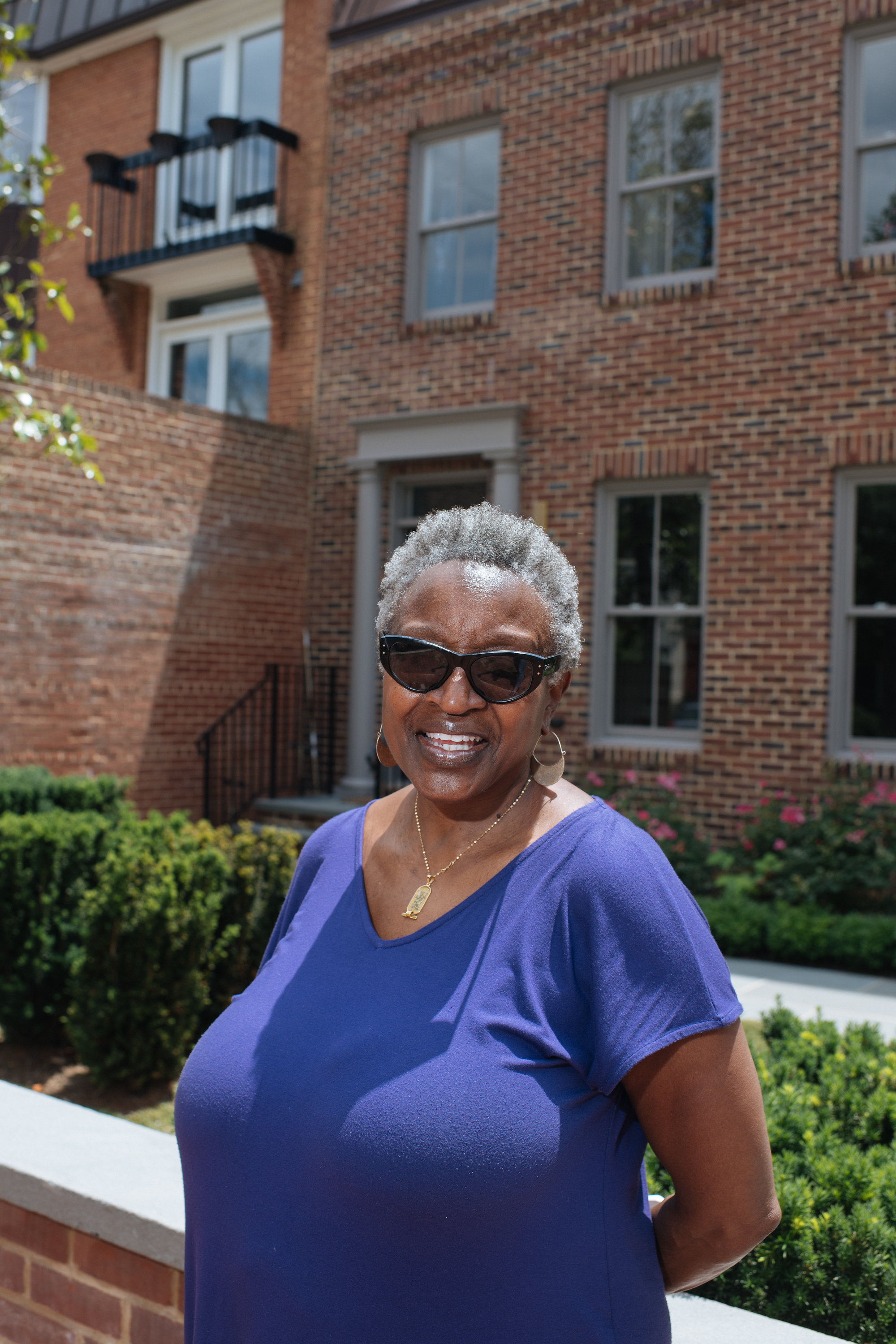
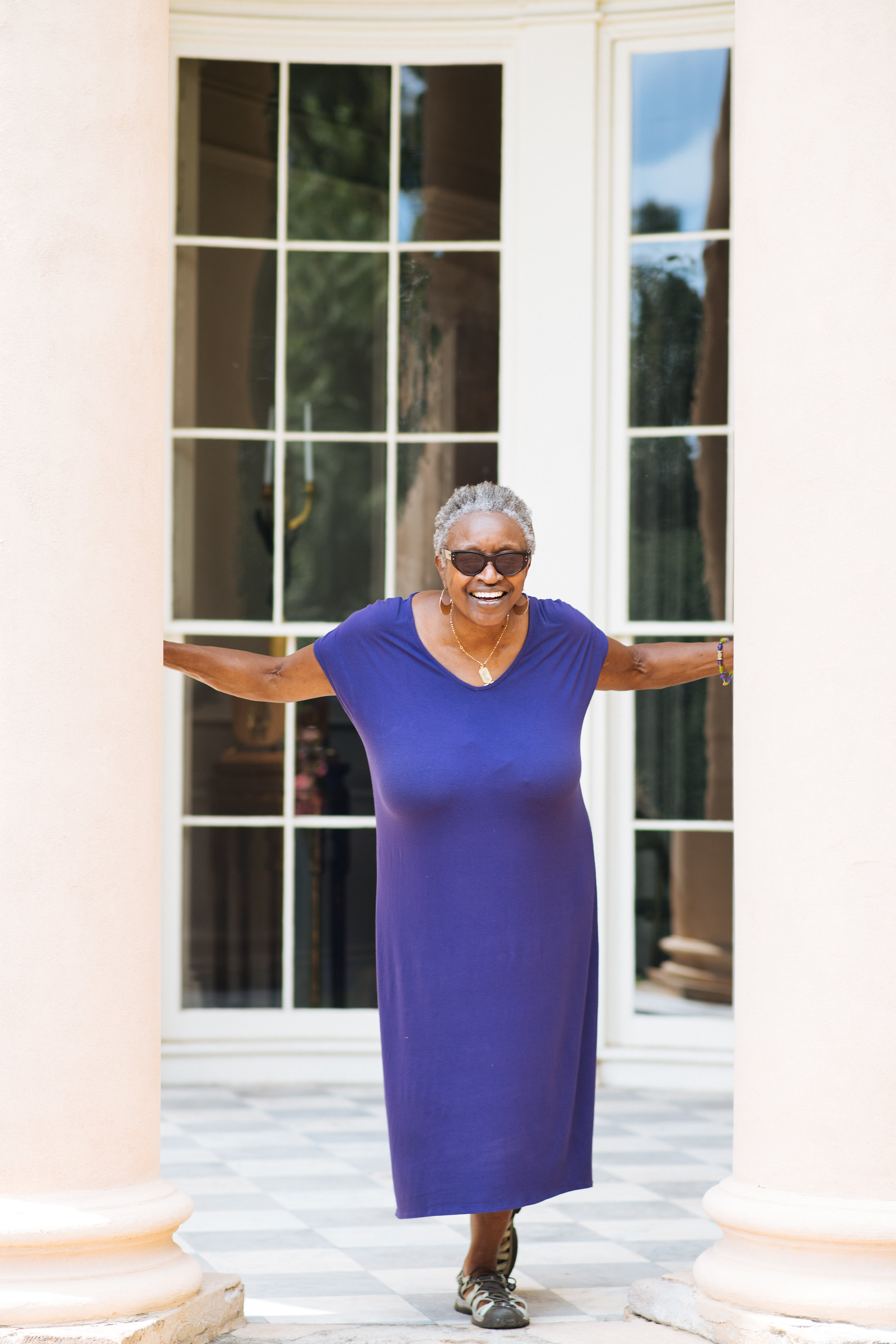
Photos were taken at Tudor Place in Georgetown.

